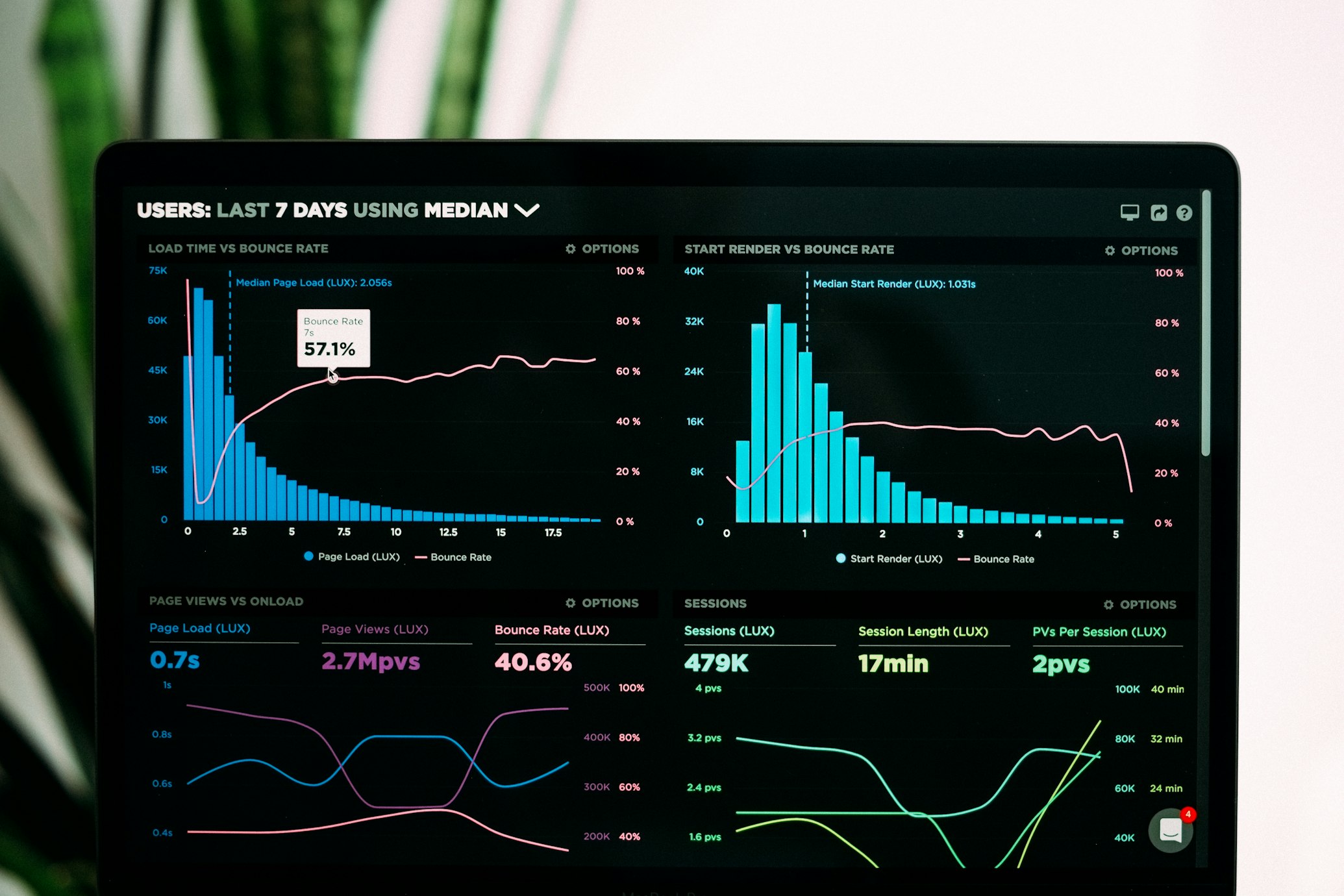Conversion Rate
Understanding Conversion Rates in Website Analytics and Reporting

In the context of website analytics and reporting, conversion rate is the percentage of website visitors who complete a desired action. This desired action, also known as a conversion, can vary depending on the website’s goals and can include:
- Making a purchase
- Signing up for a newsletter
- Filling out a contact form
- Downloading a resource
- Watching a video
- Clicking on a specific link
Formula
Conversion rate is calculated using the following formula:
Conversion Rate = (Number of Conversions / Total Number of Website Visitors) * 100
For example, if a website receives 1,000 visitors in a month and 50 of them make a purchase, the conversion rate for that month would be 5% (50 / 1,000 * 100).
Importance of Conversion Rate
Conversion rate is a crucial metric for businesses as it measures the effectiveness of their website in achieving its goals. A high conversion rate indicates that the website is doing a good job of attracting the right audience and persuading them to take action. This can lead to increased sales, leads, and overall business growth.
Factors Affecting Conversion Rate
Several factors can influence a website’s conversion rate, including:
- Website design and user experience (UX): A well-designed website that is easy to navigate and use can significantly improve conversion rates.
- Content quality: Providing high-quality, relevant, and engaging content can help persuade visitors to take action.
- Call to actions (CTAs): Clear and compelling CTAs that guide visitors towards the desired action are essential for increasing conversion rates.
- Page speed: A slow-loading website can frustrate visitors and lead to lower conversion rates.
- Mobile optimization: With the increasing use of mobile devices, ensuring that your website is mobile-friendly is crucial for maximizing conversion rates.
- Trust and credibility: Building trust and credibility with visitors through testimonials, security badges, and professional design can increase conversion rates.
Tools for Tracking and Analyzing Conversion Rate
Various tools can be used to track and analyze conversion rates, including:
- Google Analytics: A free web analytics service that provides detailed insights into website traffic and conversions.
- Google Search Console: A free tool that helps website owners monitor and improve their website’s performance in Google search results.
- Heatmaps and session recording tools: These tools provide insights into how visitors interact with a website, which can be used to identify areas for improvement.
- A/B testing tools: These tools allow website owners to test different versions of their website to see which one performs better in terms of conversion rates.
Best Practices for Improving Conversion Rate
Here are some best practices for improving conversion rates:
- Set clear and measurable conversion goals.
- Analyze your website traffic to understand your audience.
- Optimize your website design and UX for conversions.
- Create high-quality content that is relevant to your target audience.
- Use clear and compelling CTAs.
- Improve your website’s page speed.
- Ensure that your website is mobile-friendly.
- Build trust and credibility with your visitors.
- Use A/B testing to continuously improve your website’s performance.
- Track and analyze your conversion rates regularly.
By implementing these best practices, businesses can significantly improve their website’s conversion rates and achieve their online goals.